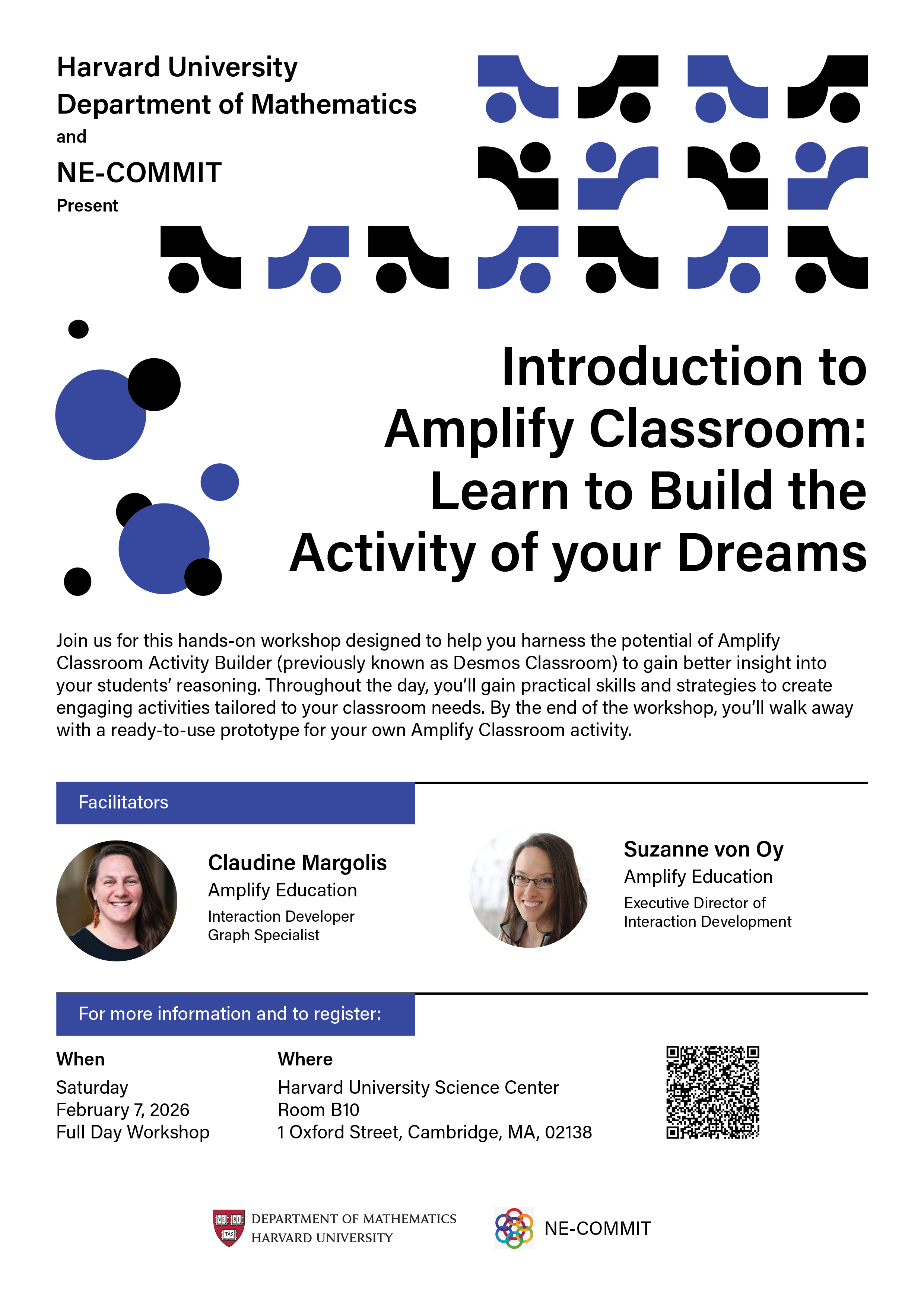Horng-Tzer Yau Awarded 2026 Steele Prize for Seminal Contribution to Research
The American Mathematical Society (AMS) awarded the 2026 Leroy P. Steele Prize for Seminal Contribution to Research to Harvard Merton Professor of Mathematics Horng-Tzer Yau,...
Read more



